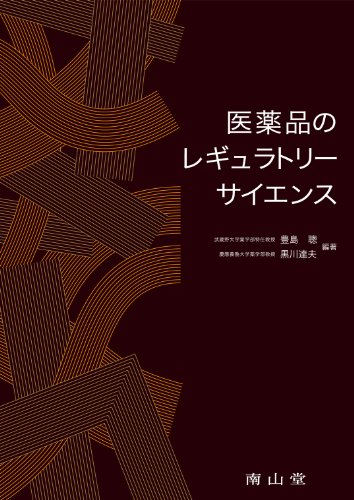3 0 0 0 OA 患者負担から見たバイオシミラー使用における得失とその問題点の克服に向けた調査研究
- 著者
- 丸山 穂高 三宅 真二 黒川 達夫
- 出版者
- 一般社団法人日本医療薬学会
- 雑誌
- 医療薬学 (ISSN:1346342X)
- 巻号頁・発行日
- vol.42, no.7, pp.499-511, 2016-07-10 (Released:2017-07-10)
- 参考文献数
- 9
- 被引用文献数
- 3 1
Increases in national healthcare costs are heightening concerns for Japanese society. In recent years, the development and utilization of biosimilars (BSs) has become an area of focus because they are 23-30% cheaper. However, the use of Infliximab BS does not necessarily ensure the reduction of patient payments in Rheumatoid Arthritis (RA) cases. This paradox adversely affects the wider use of Infliximab BS. Its market penetration in Japan is less than 1%. This may indicate a significant loss for the both national healthcare scheme and patients. It is critical to identify the causes and possible remedies. We conducted a study with simulated one-year RA patient models and calculated total monthly payments for Infliximab BS and branded biologics (BBs).Problems arise when three conditions are met: patient’s age under 70, annual income of 3.7 million yen or less, and three-dose vials daily. The main contributor to this situation is the High-Cost Medical Expense Benefit, which covers monthly payments exceeding a specified amount. This system applies to Infliximab BB users. The estimated number of patients who meet all three conditions is around 1,305 about 8% of RA patients treated with Infliximab. This shows that the majority of patients (92%) benefit from using Infliximab BS. Therefore, we do not feel that total abandonment of Infliximab BS use is justified. Our findings support that the High-Cost Medical Expense Benefit has to be adequately modified, so that BS users do not pay more for treatment than BB users.
- 著者
- 八木澤 守正 Patrick J. Foster 黒川 達夫
- 出版者
- 日本薬史学会
- 雑誌
- 薬史学雑誌 (ISSN:02852314)
- 巻号頁・発行日
- vol.50, no.2, pp.131-142, 2015 (Released:2020-12-03)
Domestic production of penicillin was initiated in 1946 and that of streptomycin in 1950. In the early days, however, the quality of products was considerably lower and the capacity of production small. Surprisingly, there was a sufficient amount of penicillin preparations, with a purity of 85% or more, satisfying domestic demand within three years (1949). In the case of streptomycin, within three years (1953), preparations with a purity two-fold higher than initially available were produced in amounts sufficient to meet both domestic demand and create a surplus availability for exporting purposes. Such increases in quality and production were considered to be made possible by strict quality control of penicillin and streptomycin preparations, based on Minimum Requirements for Penicillin established in May 1947 and Minimum Requirements for Streptomycin established in December 1949. These requirements were also amended over time in order to provide even higher quality standards in response to the evolving improvements in production processes. Life-threatening diseases such as septicemia and pneumonia were controlled by the sufficient supply of high-quality penicillin preparations and the mortality rate of tuberculosis, regarded as a national disease at the time, markedly decreased by that of streptomycin preparations. Achievements of domestic production of penicillin and streptomycin were considered important factors that contributed greatly to the maintenance of public health in Japan. PMID: 27149779 [Indexed for MEDLINE]
- 著者
- 八木澤 守正 FOSTER PATRICK J. 黒川 達夫
- 出版者
- 日本感染症医薬品協会
- 雑誌
- The Japanese journal of antibiotics (ISSN:03682781)
- 巻号頁・発行日
- vol.69, no.4, pp.221-234, 2016-08
1 0 0 0 医薬品のレギュラトリーサイエンス
- 著者
- 豊島聰 黒川達夫編著
- 出版者
- 南山堂
- 巻号頁・発行日
- 2014
